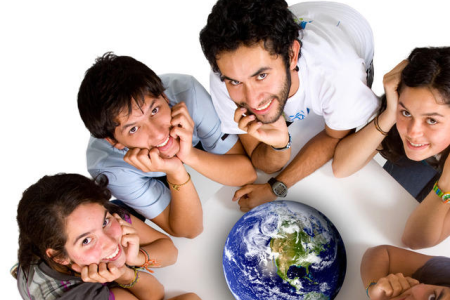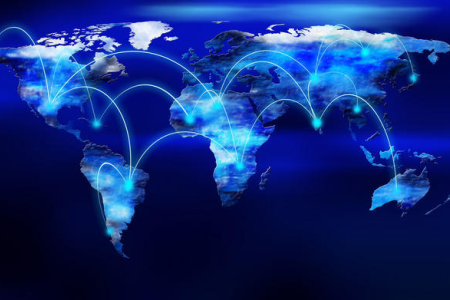Connection: Is Humanity Aware of Its Ties or Not?
Unlike all other elements in Nature, human beings have the power to change the environment. This gives us something that no other creature has: freedom of choice. Put differently, human beings can choose to be like the Creator—giving—and acquire the power and cognizance that come with it, by adopting the law of yielding self-interest before the interest of the environment. Or they can remain as they were born—self-centered, with limited understanding of Nature, and paying the price for their errant ways throughout history. But to choose to be like the Creator, which is synonymous with Nature, people must know what the term, “Creator,” means and how they can become like it.
The whole of reality consists of a single, broken entity, called “Adam’s broken soul” or “the broken soul,” and that the term, “soul,” refers to a desire to receive with an intention to bestow. When Kabbalists say that something is broken, they are not referring to any physical shattering, but to the tearing of the links between all parts of the soul, the collective desire that constitutes our reality. This tearing occurs when the pieces in the soul begin to operate in their own interest rather than in the interest of the system. It is as if cells in an organism begin to operate for themselves, causing the organism to die and disintegrate.
Yet, unlike organisms, the soul cannot disintegrate because it is a single desire. So while the links are there, we can enjoy the benefits of the connection. Healthy cells benefit from each other in an organism, supporting each other’s existence, but cancer cells compete with each other for blood and nourishment, thus constantly harming each other. In the case of humanity, we are not even aware that we are connected, which prevents us from trying to connect in the right manner.
How Good and Bad Behavior Spread Like Viruses
But regardless of our awareness, we are very much connected. On September 10, 2009, The New York Times published a story titled, “Are Your friends Making You Fat?” by Clive Thompson. In his story, Thompson describes a fascinating experiment performed in Framingham, Massachusetts. In the experiment, certain details of the lives of some 15,000 people were documented and registered periodically over more than fifty years. This allowed researchers Dr. Nicholas Christakis, a medical doctor and sociologist at Harvard, and James Fowler, at the time a Harvard political science graduate student, to create a map of interconnections and examine the long-term impact that people had on one another.


